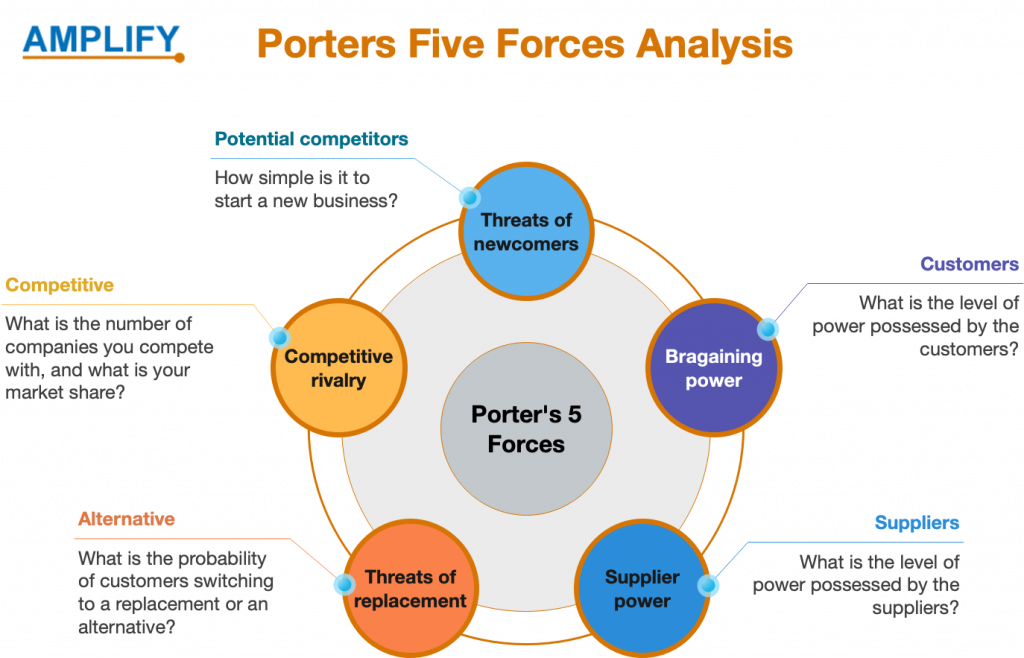The Art of Startup Fundraising: Navigating Investment Landscapes
We have produced five articles discussing the reasons behind startup failures. Today’s article, titled ‘Later Stages of Fundraising: Growth and Expansion, focuses on startups and the ability of a business to survive, adapt, and grow in the face of challenges and changes in the market..
Conclusion

Introduction to Series B Fundraising: Expanding Horizons
At the Series B stage, businesses pivot towards significant growth. It’s a crucial phase where the focus shifts to scaling operations and expanding market presence. Having already proven their product and market fit, companies now strive to leverage their established foundations for broader reach.
Series C Fundraising: Elevating Business to New Heights
Moving into Series C and subsequent rounds marks a transition into aggressive growth strategies. Here, companies not only aim to penetrate new markets but also consider strategic acquisitions and lay groundwork for potential IPOs. This phase symbolizes a pivotal point in a company’s lifecycle, emphasizing expansion and market dominance.
FAQs on Fundraising Beyond Series B
- What are the main goals of Series B fundraising? Series B primarily focuses on scaling business operations and expanding market reach.
- How does Series C differ from Series B? Series C is about taking the business to new heights, including entering new markets and preparing for IPOs.
- What should companies focus on after Series C? Post-Series C, companies should focus on sustaining growth, market leadership, and exploring global opportunities.
Navigating through Series B and C stages of fundraising is a testament to a company’s resilience and ambition. It’s a journey of transforming a proven concept into a market-leading enterprise, ready to take on global challenges and opportunities.
Series C and Beyond: Scaling New Heights in Fundraising
The journey beyond Series C in fundraising marks a critical transition. Startups at this stage aim to scale to unprecedented heights. Key moves include entering new markets, acquiring other companies, and preparing for an Initial Public Offering (IPO). This phase is pivotal for a startup’s long-term success.
Strategic Considerations for Later-Stage Fundraising
Articulating a long-term vision is vital for attracting later-stage investors. It involves not just projecting future goals but also showcasing a sustainable growth plan. This plan should include potential exit strategies, ensuring investors of the startup’s forward-thinking approach.
Post-Funding: Steering Growth and Expansion
Securing funds is merely the first step in a longer journey. Effectively utilizing and strategically deploying these funds becomes critical. This stage is all about driving growth and realizing the startup’s vision, ensuring that every financial decision aligns with long-term objectives.
FAQs on Advanced Fundraising Stages
- What are the goals in Series C and beyond? They include market expansion, strategic acquisitions, and IPO preparation.
- How important is a long-term vision in later-stage fundraising? It’s crucial for attracting serious investors and guiding growth.
- What comes after securing funding? The focus shifts to the effective utilization and strategic deployment of funds for growth.
As startups progress beyond Series C, they enter a realm of strategic sophistication. This stage is not just about raising funds but about strategically aligning those funds with a clear, long-term vision. It’s a path that requires foresight, planning, and a keen understanding of market dynamics.

Effective Capital Allocation for Fundraising Success
Strategic allocation of capital is crucial post-fundraising. This involves channeling funds towards expanding operations, advancing technology development, and crafting market expansion strategies. These growth investments are the bedrock of future success.
Team Expansion: Investing in Talent
Strengthening the team by hiring key talent is another vital aspect. Investing in skilled professionals supports growth areas and solidifies the company’s foundation for future challenges and opportunities.
Financial Management and Planning: The Backbone of Stability
Implementing robust financial systems is essential. These systems ensure effective tracking of spending, managing cash flows, and planning for upcoming funding rounds. Moreover, regularly measuring the return on investment (ROI) for various initiatives guarantees the efficient use of funds.
Building a Sustainable and Profitable Business Model
Beyond the realm of fundraising, the ultimate goal is to establish a sustainable and profitable business model. This model should be capable of thriving in the long term, ensuring the company’s enduring success and growth.
FAQs on Post-Fundraising Strategies
- What should be the focus of capital allocation after fundraising? Focus on growth investments, technology development, and team expansion.
- Why is financial management critical post-fundraising? It’s crucial for tracking spending and planning future funding rounds.
- What is the ultimate goal beyond fundraising? Building a sustainable and profitable business model for long-term success.
The journey post-fundraising is not just about spending but about strategic capital allocation. It’s about building a resilient, sustainable business ready to navigate the complexities of the market and emerge as a leader in its domain.



















